

In the bulb flower category, tulip is a universal favorite.
Top tulip facts
Name – Tulipa
Family – Liliaceae (lily family)
Type – spring bulb
Height – 8 to 30 inches (20 to 75 cm)
Soil: well-drained
Exposure: full sun
Flowering: spring
Planting tulips well and caring for them will enhance blooming and let them grow more numerous year after year.
To have beautiful tulips in spring, bulb planting should start early fall to mid-December at the latest. This lets them spread roots over the winter and spring flowers will be larger and more vigorous.
Dig a hole 2 or 3 times as deep as the tulip bulb is high, to protect it from freezing. Space your carefully chosen tulip bulbs at least 4 inches (10 cm) apart, but don’t spread them too much, either.
The pointy tip of the bulb should face upwards, towards the sky.
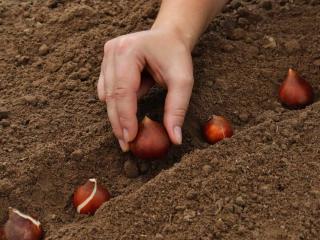 Choose a well-lit place to get nice blooms. Bulbs in part shade will bloom 2-3 weeks later.
Choose a well-lit place to get nice blooms. Bulbs in part shade will bloom 2-3 weeks later.Grouping tulips together in small bunches of 10 to 50 bulbs produces a much nicer effect than simply spreading them by twos or threes across the garden.
Tulips are particularly well suited to being planted in pots.
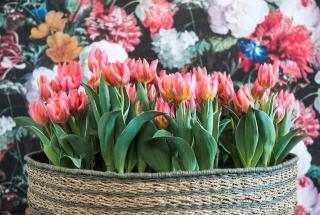 In fall, plant 3-4 tulip bulbs per pot and cover with around 4 inches (10 cm) soil mix.
In fall, plant 3-4 tulip bulbs per pot and cover with around 4 inches (10 cm) soil mix.More on the best tulips for growing in pots (and tips to do it right)
Tulip needs virtually no care at all because, once planted, it should bloom again come the following spring without any intervention.
Each tulip will actually multiply and you’ll have two, three or four new bulbs where you previously only had one! This is how wild tulip used to spread, and cultivated tulips do the same, too!
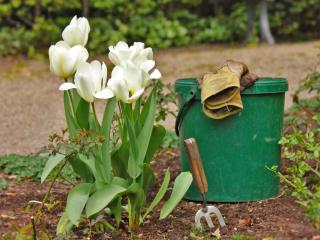
Normally, when tulips sprout in spring, rainfall covers water needs and extra watering isn’t needed.
However, in containers and pots, you’ll have to water as soon as the surface of the soil feels dry to the touch.
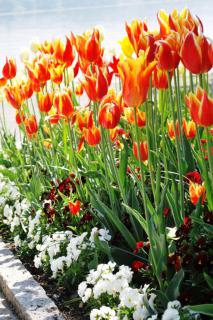
Indeed, it is important to wait until they are completely wilted because that phase is when tulips gather nutrients for the following year.
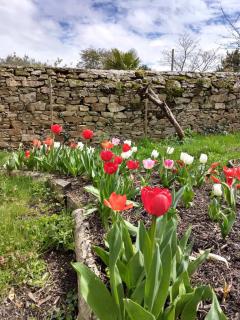
There are over 125 different species, and thousands of varieties to make for many combinations of color and shape. From stupendous peony or parrot tulips to natural botanical tulips, there’s definitely one to share vibes with for you!
You can imagine how many different garden compositions are possible!
Tulips are referred to as the queen of the bulb flowers and equally suit gardens, terraces and balconies.
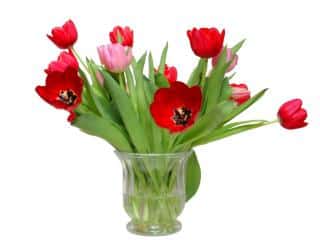 Tulips adapt perfectly to all temperate climates.
Tulips adapt perfectly to all temperate climates.You may cut the flowers to easily prepare magnificent brightly-colored flower bouquets!